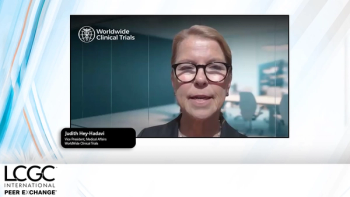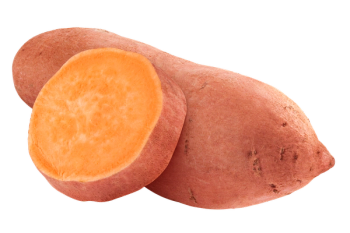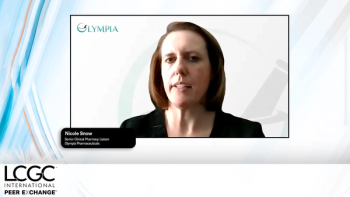
Waters Corporation to Integrate Ultra Performance Liquid Chromatography into Applied Biosystems/MDS SCIEX Mass Spectrometry Software
Waters Corporation announced today that it will work with Applied Biosystems/MDS SCIEX to develop Waters ACQUITY UPLC System software controls for use with Applied Biosystems/MDS SCIEX's Analyst software.
Waters Corporation announced today that it will work with Applied Biosystems/MDS SCIEX to develop Waters ACQUITY UPLC System software controls for use with Applied Biosystems/MDS SCIEX's Analyst software. Greater operational integration and connectivity of the two instrument platforms translates into a higher-level of efficiency and productivity for scientists using both a Waters ACQUITY Ultra Performance LC System connected to a mass spectrometer from Applied Biosystems/MDS SCIEX.
"Scientists have seen the unique advantages of using UPLC with mass spectrometry to increase throughput and performance and we are very pleased to now work with Applied Biosystems/MDS SCIEX to offer UPLC as a fully-supported LC inlet to the Applied Biosystems/MDS SCIEX family of mass spectrometers," said Rohit Khanna, Vice President of Worldwide Marketing, Waters Corporation.
The decision to cooperate between Waters and Applied Biosystems/MDS SCIEX engineers to develop the software controls is being driven by scientists in the mass spectrometry community combining ultra performance liquid chromatography (UPLC(TM)) with MS. UPLC has proven to produce narrower and sharper peaks versus HPLC, higher signal-to-noise ratios, and shorter run times -- all of which contribute to enhanced mass spectrometer performance bringing laboratories new levels of efficiency.
Waters ACQUITY UPLC system, first introduced at the Pittsburgh Conference on Analytical Chemistry and Applied Spectroscopy (Pittcon) in 2004, is changing the name of the game in separation science. This system is a first of its kind LC system designed to take full advantage of the potential of novel sub two-micron particles to give scientists chromatographic run times that are up to 9X shorter than today's fastest HPLC systems, up to 2X better peak capacity or resolution, 3X better routine sensitivity, and, generally speaking, more information from a single run than anything today's HPLC systems can provide. The ACQUITY UPLC system received a Pittcon Editors Gold Award at Pittcon 2004 and an R&D 100 Award in 2005 from R&D Magazine as one of the most technologically significant new products introduced within the last year.
Newsletter
Join the global community of analytical scientists who trust LCGC for insights on the latest techniques, trends, and expert solutions in chromatography.





